
 Steve has completed the quest of"All Creatures Great and Small" ! Steve has completed the quest of"All Creatures Great and Small" !
27th Aug 2022
| Meow Meow | Steve | QUEST REWARD
x 5 | 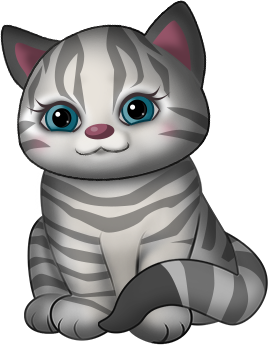  | 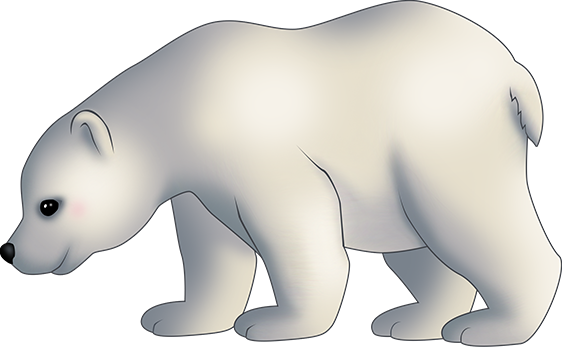  |  |
|
27th Aug 2022
| Brown Bobby | Steve | QUEST REWARD
(edible) | 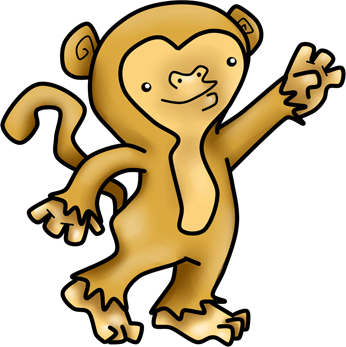  |   |  |
|
27th Aug 2022
| Violet Flame | Steve | QUEST REWARD
x 15 | 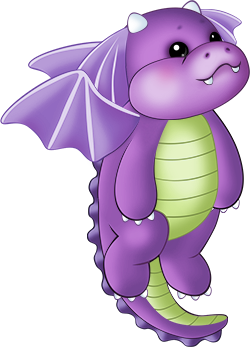  |   |  |
|
28th Aug 2022
| Seymour | Steve | QUEST REWARD
x 5 | 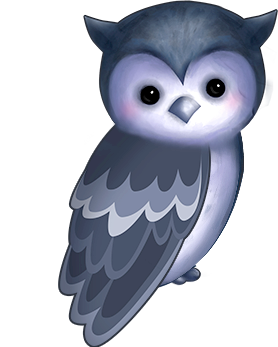  |   |  |
|
28th Aug 2022
| Amethyst | Steve | QUEST REWARD
x 75 | 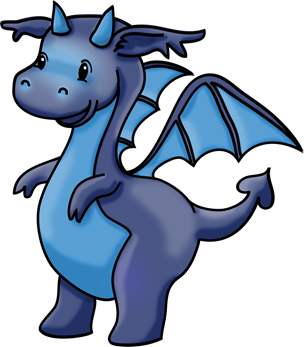  |   |  |
|
28th Aug 2022
| Flitter | Steve | QUEST REWARD
x 10 | 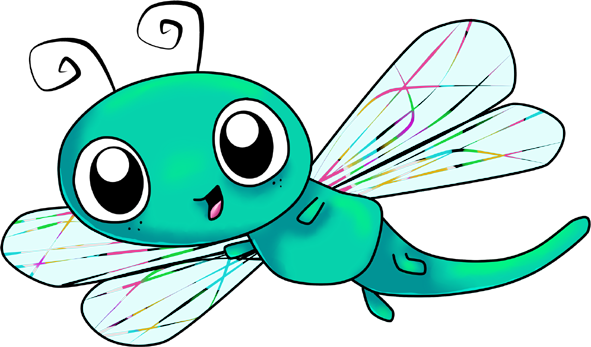  |   |  |
|
28th Aug 2022
| Snuggles | Steve | QUEST REWARD
x 5 | 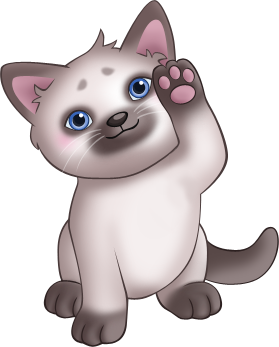  |   |  |
|
28th Aug 2022
| Vinny the collector | Steve | QUEST REWARD
x 5 | 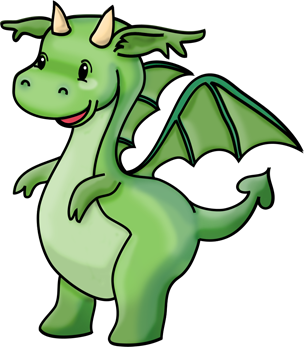  |   |  |
|
28th Aug 2022
| Brigit | Steve | QUEST REWARD
x 15 | 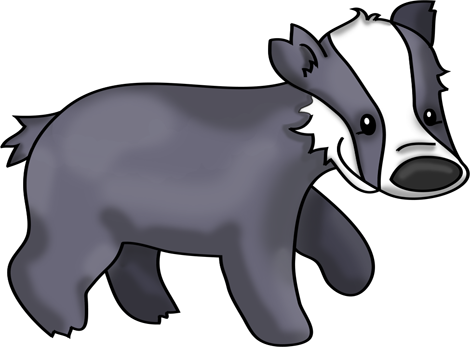  |   |  |
|
28th Aug 2022
| shotzee | Steve | QUEST REWARD
x 75 |   |   |  |
|
29th Aug 2022
| Mark | Steve | QUEST REWARD
x 10 | 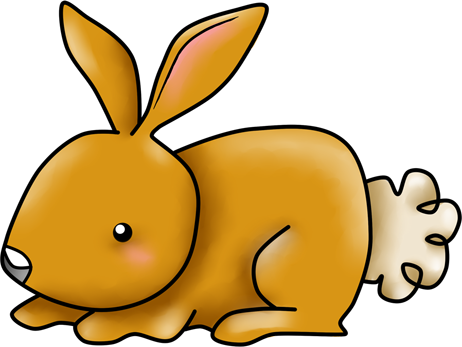  |   |  |
|
29th Aug 2022
| Abhoy | Steve | QUEST REWARD
x 5 | 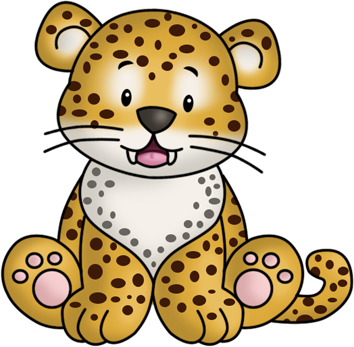  |   |  |
|
29th Aug 2022
| Battie | Steve | QUEST REWARD
x 10 | 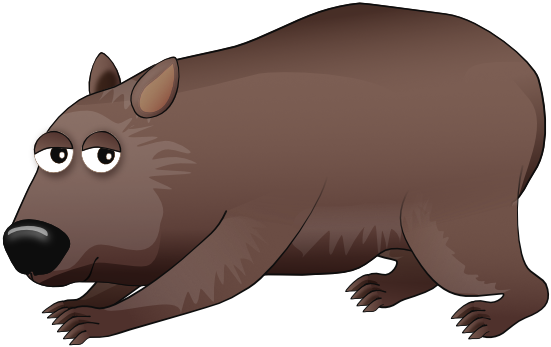  |   |  |
|
29th Aug 2022
| Chessie | Steve | QUEST REWARD
x 5 | 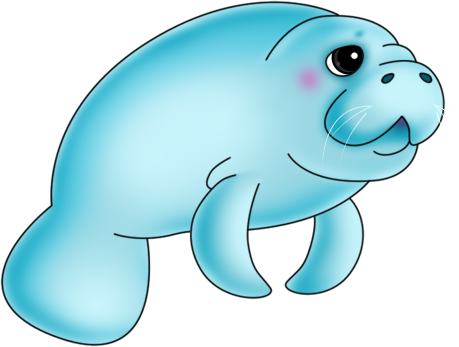  |   |  |
|
29th Aug 2022
| Corgalicious | Steve | QUEST REWARD
size 7 | 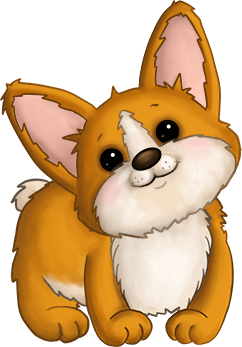  |   |  |
|
29th Aug 2022
|
29th Aug 2022
| Choose a name | Steve | QUEST REWARD
x 5 | 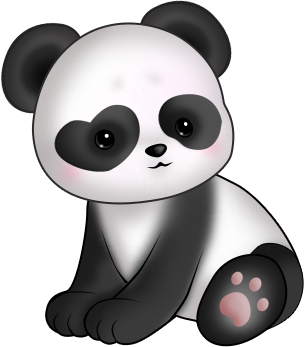  |   |  |
|
30th Aug 2022
|
30th Aug 2022
| Chessie | Steve | QUEST REWARD
x 5 |   |   |  |
|
30th Aug 2022
| bluey | Steve | QUEST REWARD
x 75 | 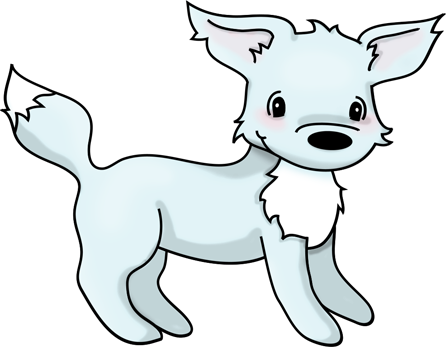  |   |  |
|
30th Aug 2022
| Cherokee | Steve | QUEST REWARD
x 5 | 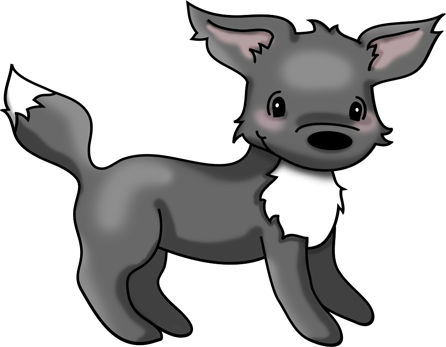  |   |  |
|
30th Aug 2022
| Freyja | Steve | QUEST REWARD
x 5 | 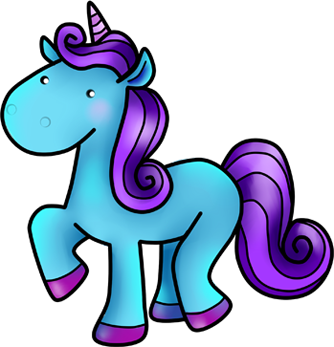  |   |  |
|
30th Aug 2022
| Cindy | Steve | QUEST REWARD
x 5 |   |   |  |
|
30th Aug 2022
| Felix | Steve | QUEST REWARD
x 15 | 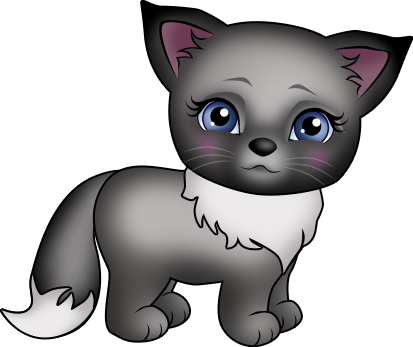  |   |  |
|
30th Aug 2022
| lilycat | Steve | QUEST REWARD
x 75 |   |   |  |
|
31st Aug 2022
| swinger | Steve | QUEST REWARD
x 5 |   |   |  |
|
31st Aug 2022
| Meow Meow | Steve | QUEST REWARD
x 5 |   |   |  |
|
31st Aug 2022
| Fluff | Steve | QUEST REWARD
size 7 | 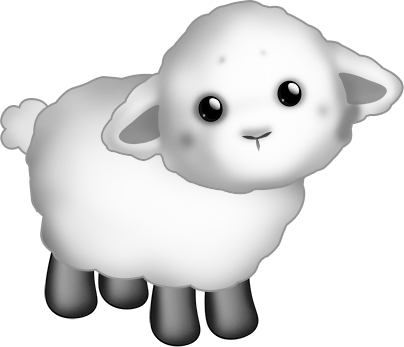  |   |  |
|
31st Aug 2022
|
|

